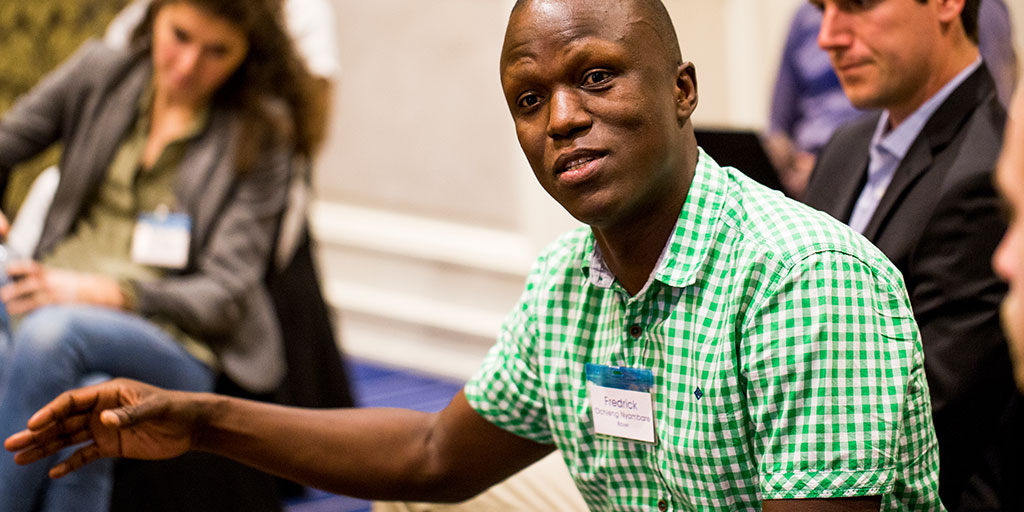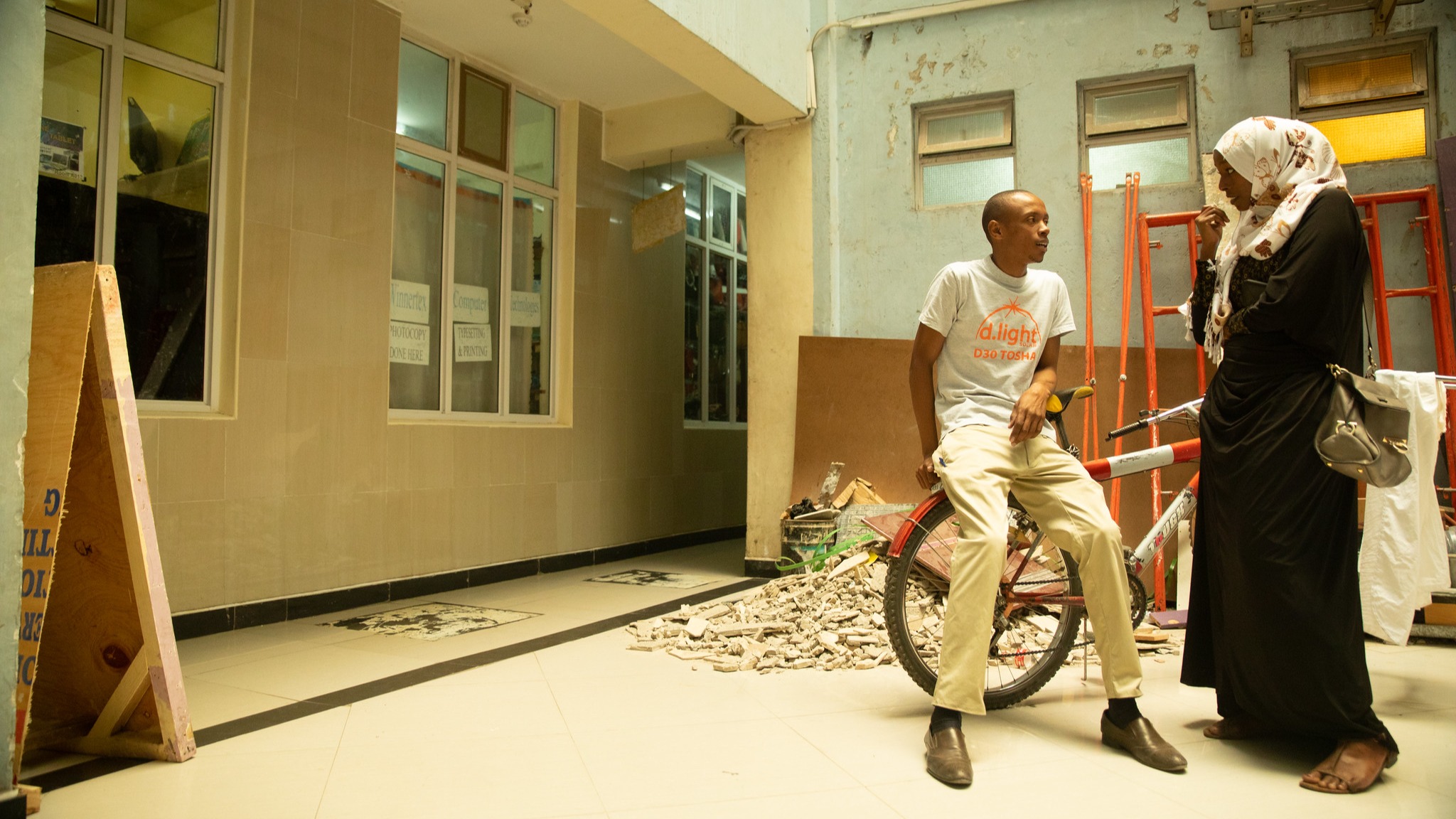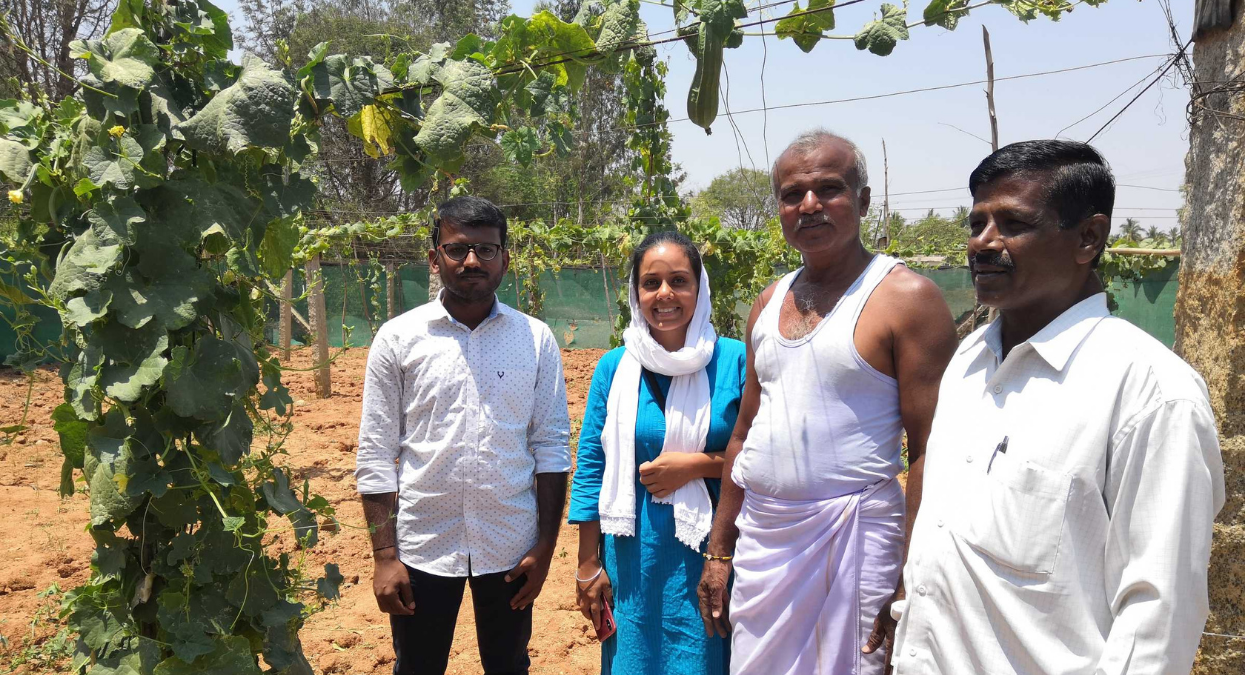Build Your Business
Using social entrepreneurship to power social and environmental impact
Three drivers that help social entrepreneurs become catalysts for meaningful change using sustainable business models.
July 20, 2021
In the past few years the idea of applying smart business practices to drive social change has been on the rise.
- A social impact mission: a clear goal to improve lives or the environment
- A business model: a strategy for how an enterprise will create, deliver and capture value in a sustainable way
Social entrepreneurship is about disrupting existing markets that aren’t working, and creating new ones to improve the status quo.
While academics have debated the scope and terms of the fields, students and aspiring social entrepreneurs have learned much from renowned examples like Grameen Bank and Aravind Eyecare.
These early innovators showed that it was possible to run a company that prioritized the wellbeing of employees, the community as a whole, and the environment -- all without sacrificing profitability.
Highlighting the stories of individuals who trailblazed new ways of doing business has helped bring social entrepreneurship into the forefront and demonstrate concrete examples of what it can achieve. But the future of social entrepreneurship is no longer about looking up to a select few who have some kind of rare gift for implementing innovative ideas.
The trailblazers of social entrepreneurship have been inspiring, but now it’s time for the emphasis to shift.
Thulsiraj “Thulsi” Ravilla, Executive Director of Aravind Eyecare, describes how the best ideas for social enterprises come at the intersection of social problems and a founder’s concrete skills or technical competencies.
By weaving your passion and unique skills with a need or cause, and standing with the people you want to serve, you will be well-positioned to make a meaningful dent in the world.
Let’s break that idea down and look at how to get started as the driver of social change through social entrepreneurship.

1.Prioritize impact

2. Embrace smart business and develop entrepreneurial skills
Once social enterprises have a diverse and stable set of income streams they are better placed to have greater social impact.
Dan Zastawny,
Head of Philanthropy at University of York
Revenue engines that power social enterprise include structures that can be similar to traditional business, such as selling goods or providing services for a fee. Or, they can be more creative, like cross-compensation models where one target market or product line generates enough revenue to cover the costs of delivering to another group who might not have the same ability to pay.

3. Look for potential to transform the system
Social entrepreneurs innovate
Social entrepreneurs scale impact
When the goal is sustainable impact, scaling in social entrepreneurship is not limited to growing the social enterprise itself. In the past, social entrepreneurs have used a variety of strategies to scale across all sectors, from franchising to knowledge sharing. Sticking to what your organization does exceptionally well, and passing knowledge and ideas outside of the organization can be an efficient way to move change forward.
“Every social entrepreneur— with organizations large or small—will need to find a way to go beyond making progress to solving the problem. Instead of growing their organizations, they need to think about making the problems go away," says Katie Smith Milway, in her article, How Social Entrepreneurs Can Have the Most Impact.
Every social entrepreneur— with organizations large or small—will need to find a way to go beyond making progress to solving the problem. Instead of growing their organizations, they need to think about making the problems go away.
Katie Smith Milway
How Social Entrepreneurs Can Have the Most Impact

Close
Now it's your turn
If you want to use your unique blend of skills and passions to create meaningful change in your community and the world, sign up for the next cohort of Acumen Academy's Social Entrepreneurship 101 and get started today.
Got a specific social issue or challenge that you want to focus on tackling? FREE course Start Your Social Change Journey will help you take the first steps to sustain your social impact efforts and keep your goals on track.

Author
Danielle Sutton
Danielle Sutton is the Content Animator at Acumen where she surfaces stories to inspire and activate social entrepreneurs. In an age of information overload, she believes in learning 'the right thing at the right time' to intentionally design impactful social enterprises. You can usually find Danielle digging into the Acumen course library, playing in the mountains, or exploring marketing on The Sedge blog.


